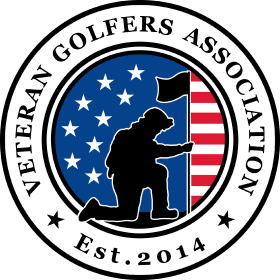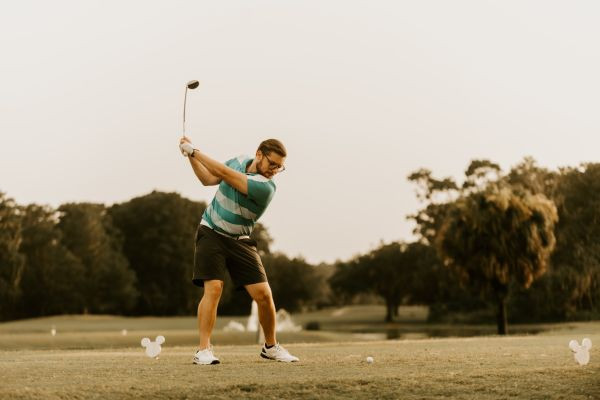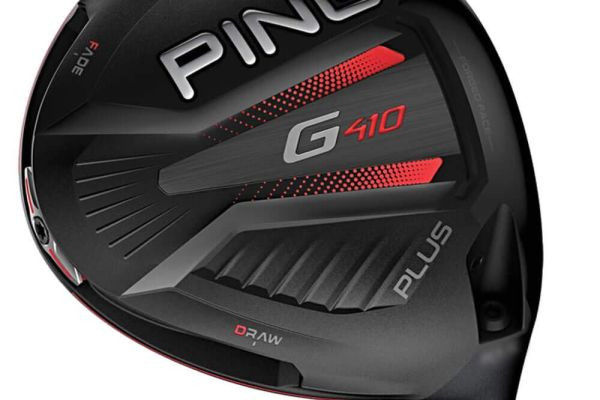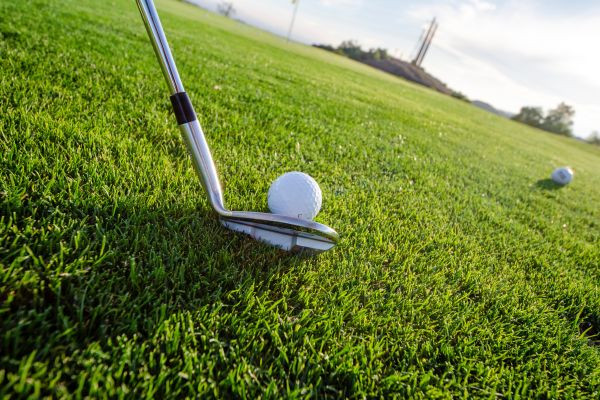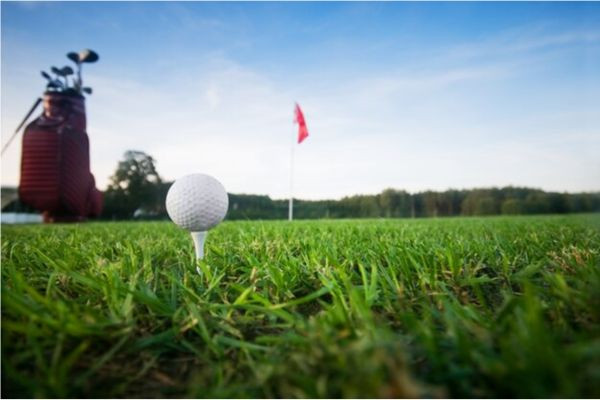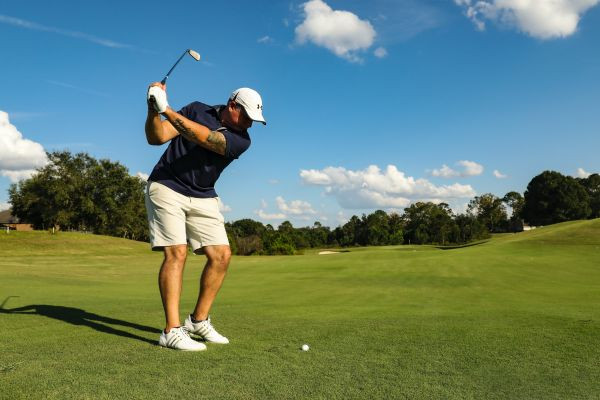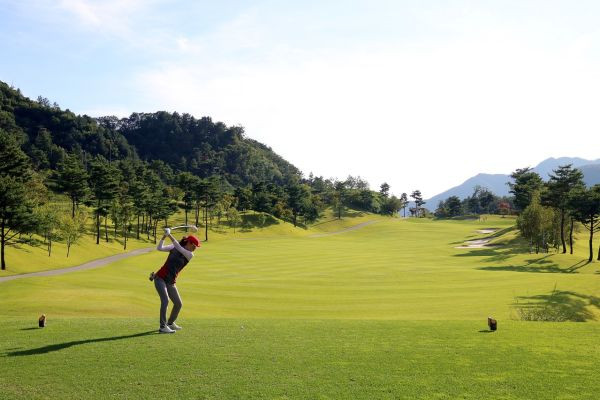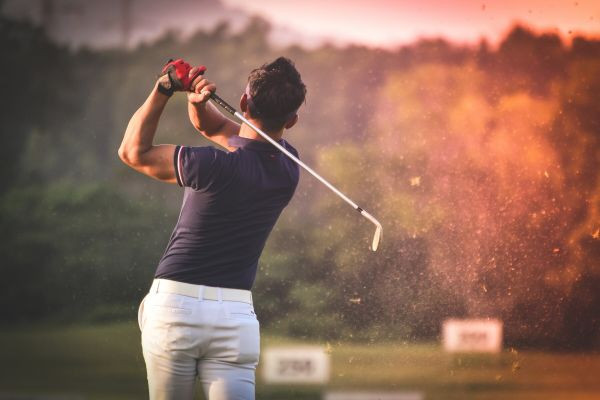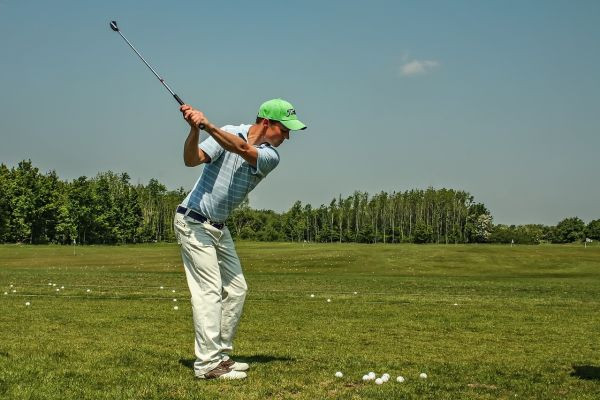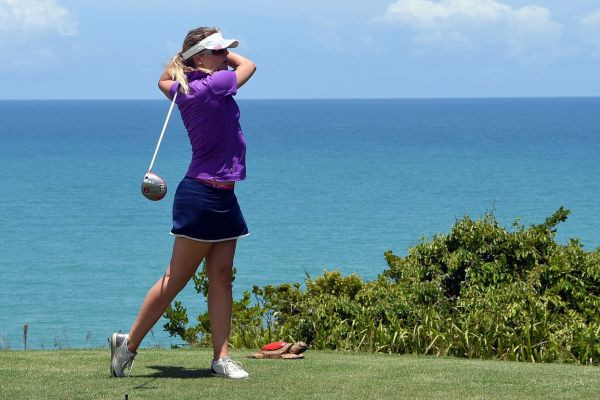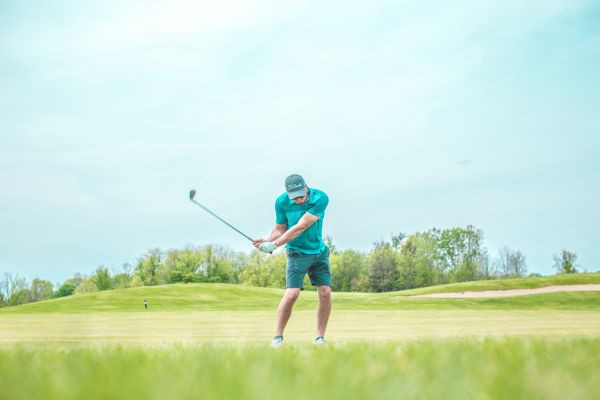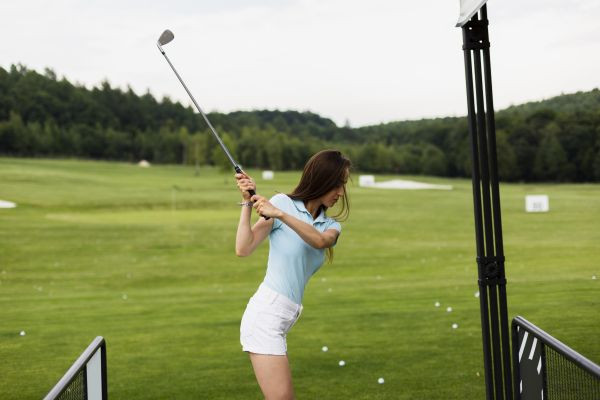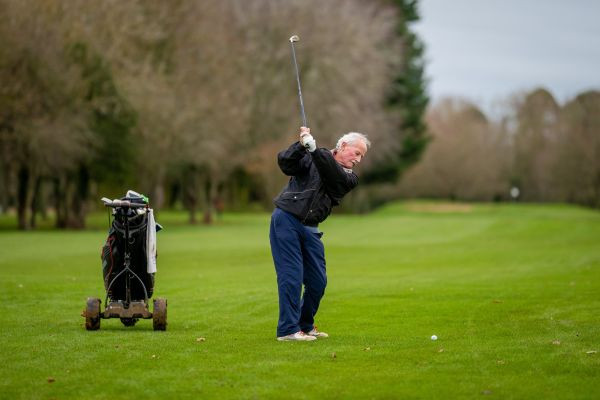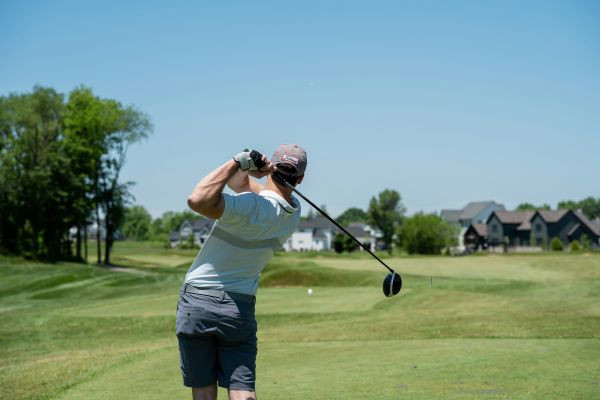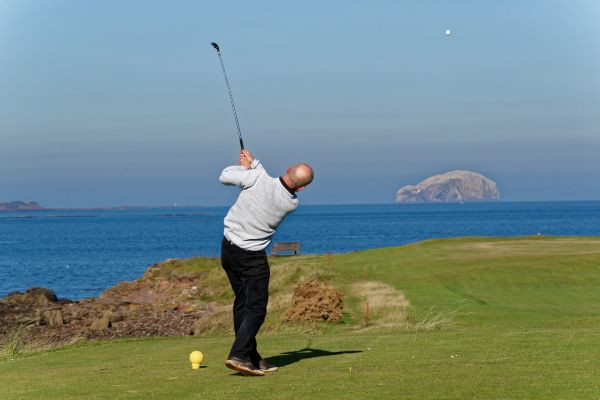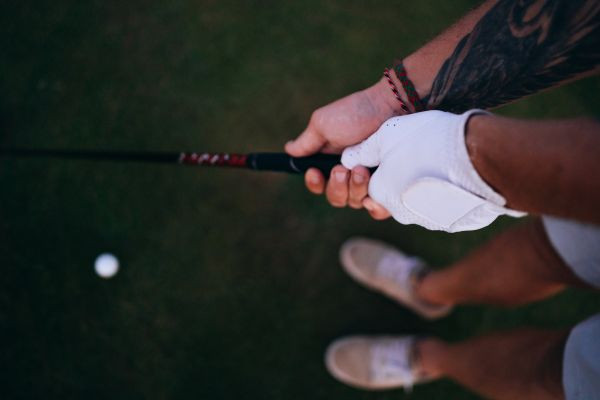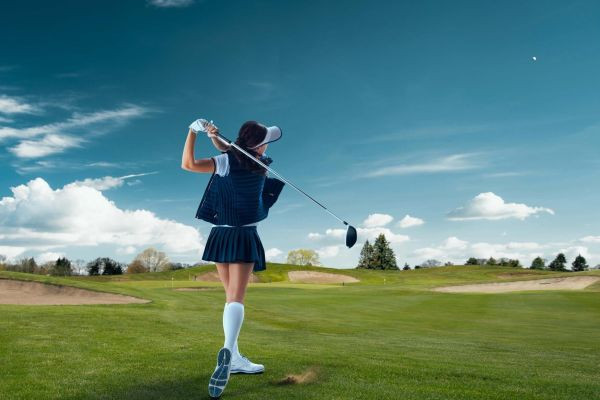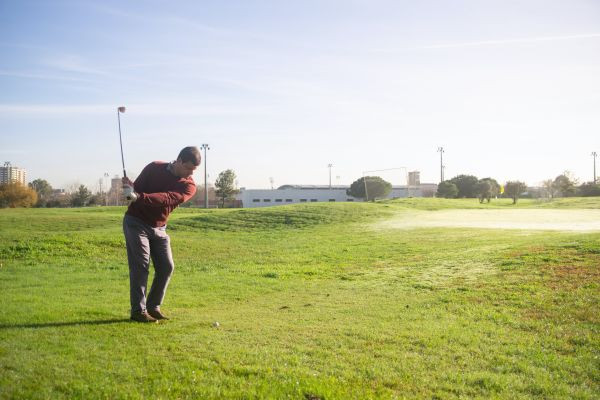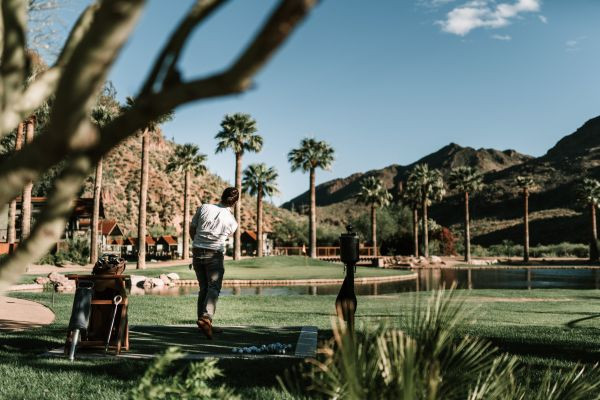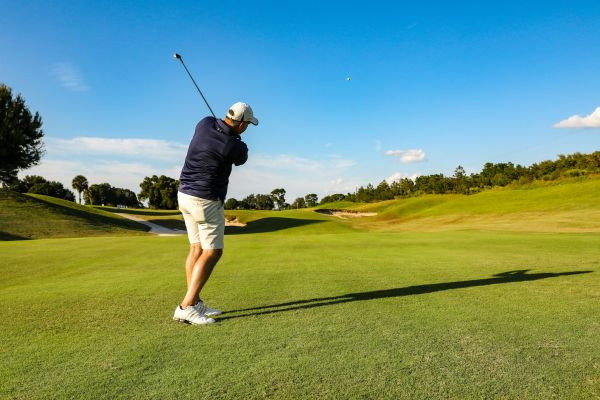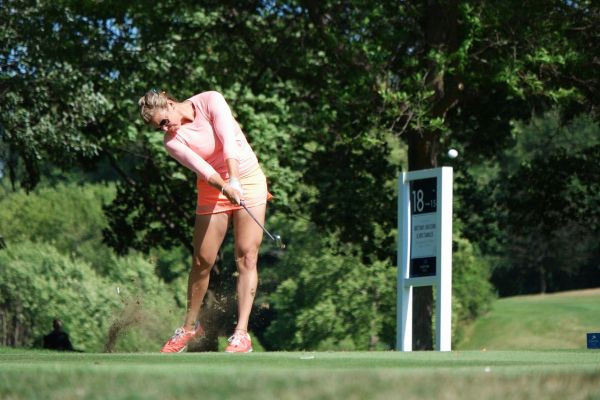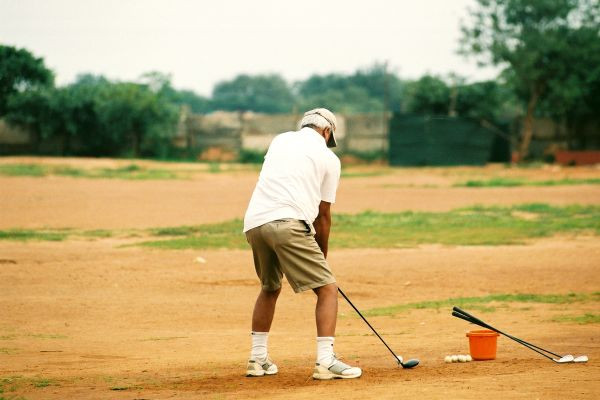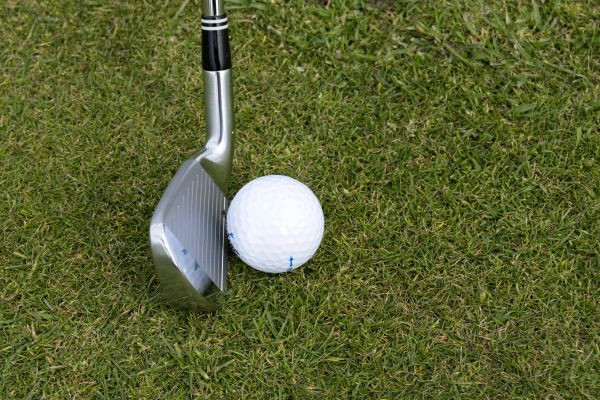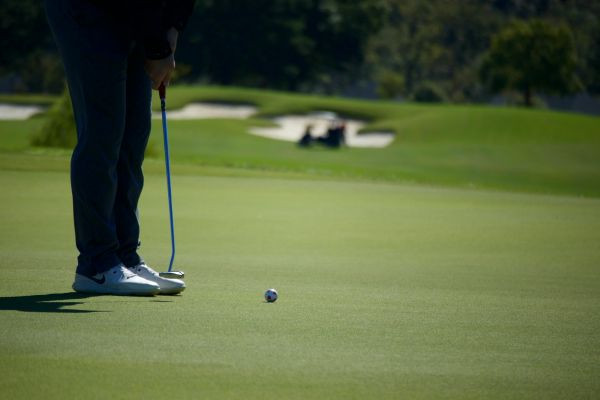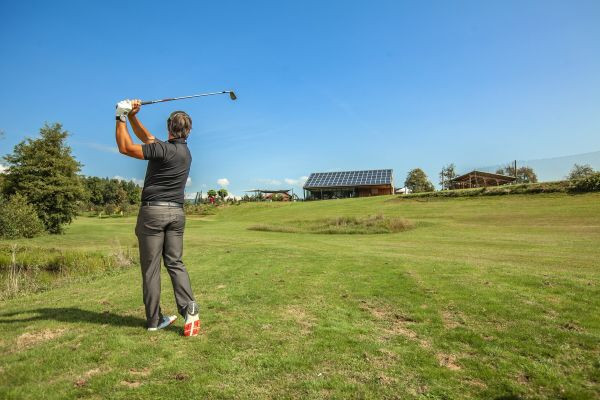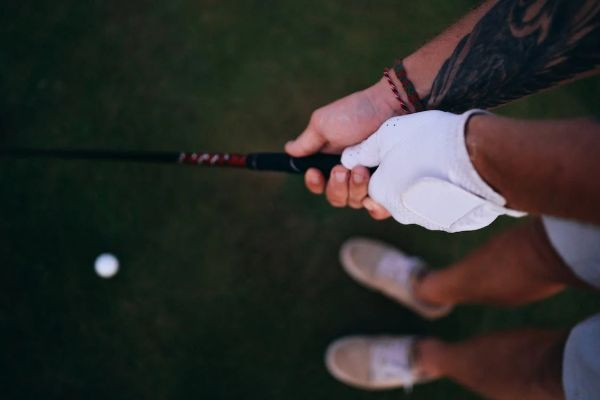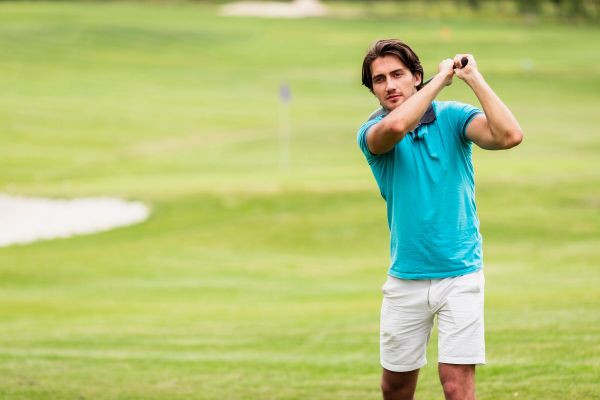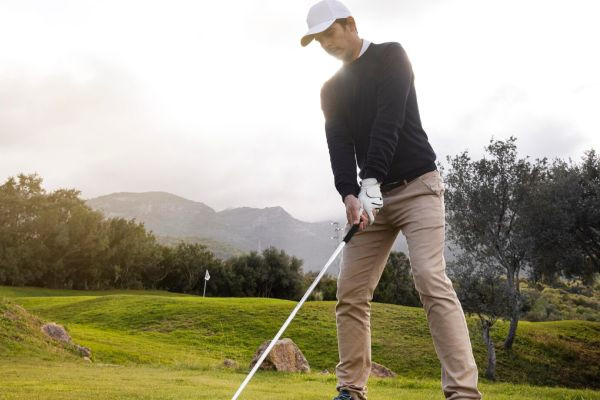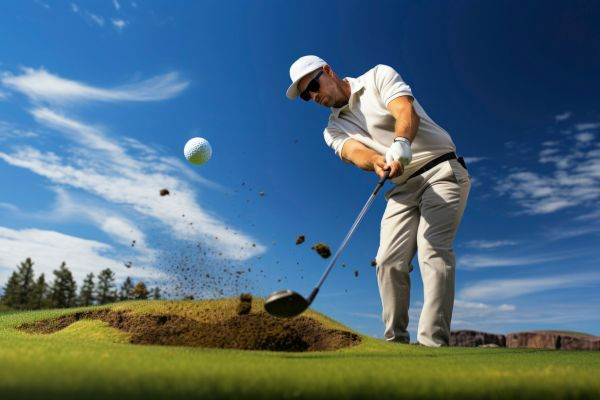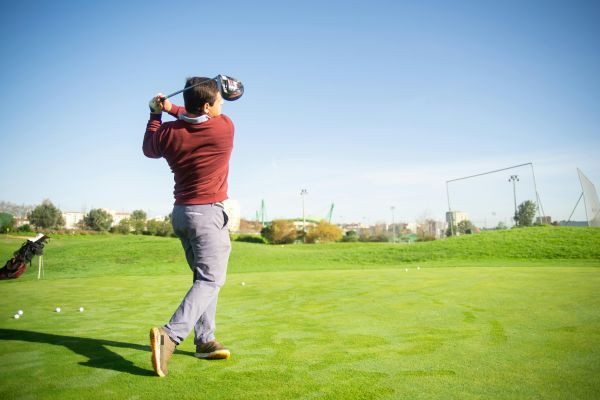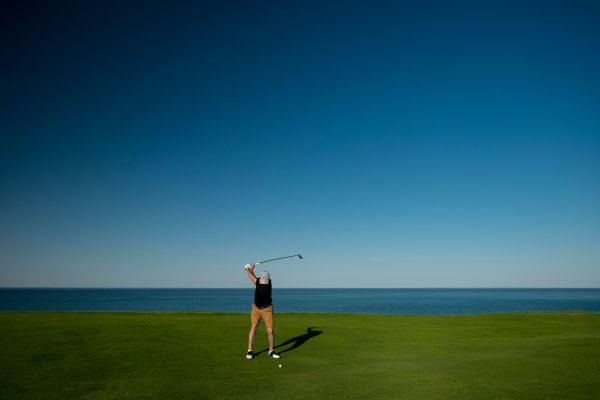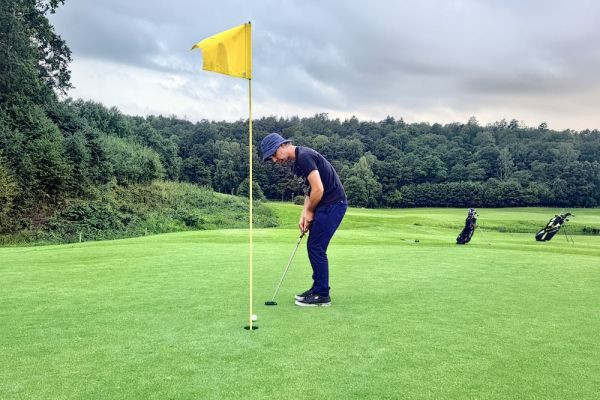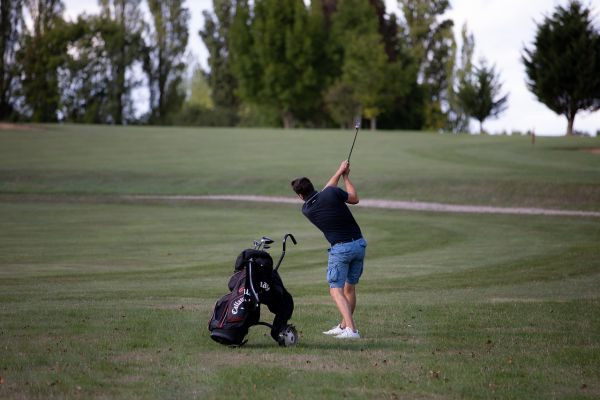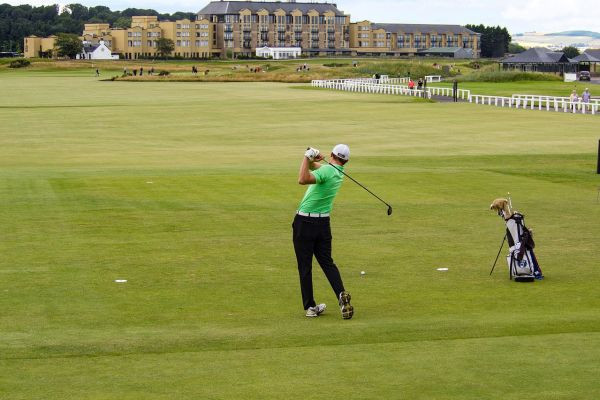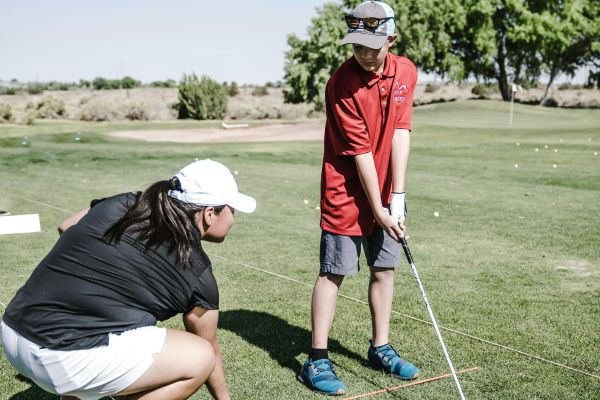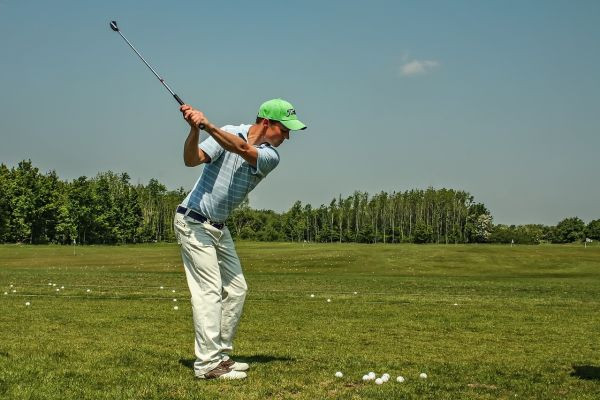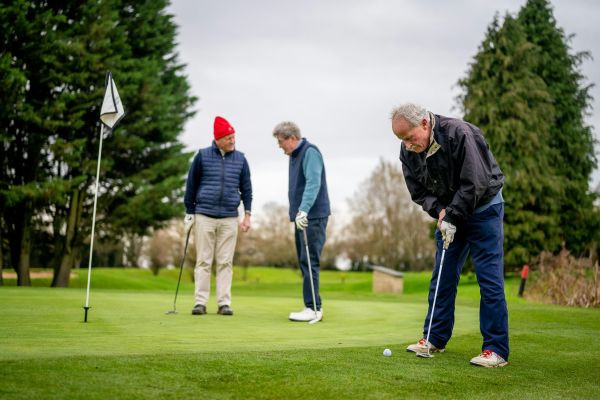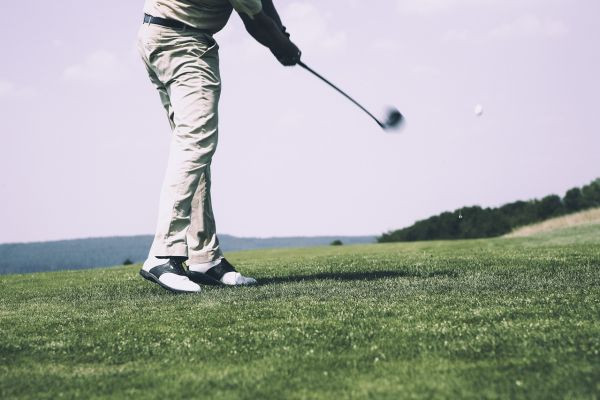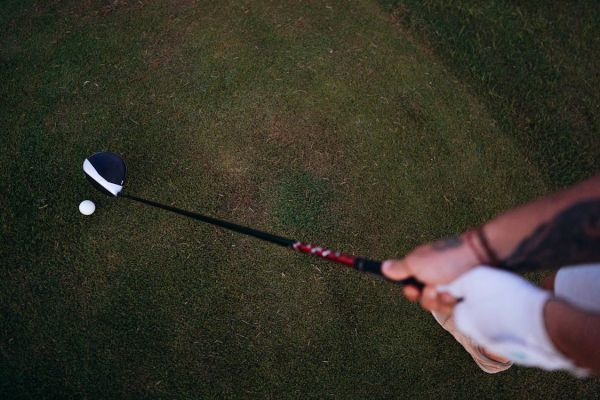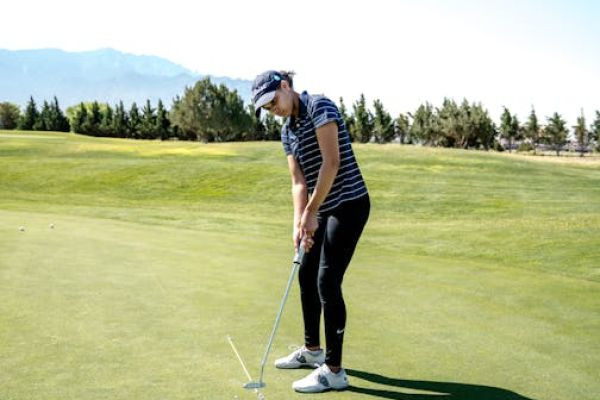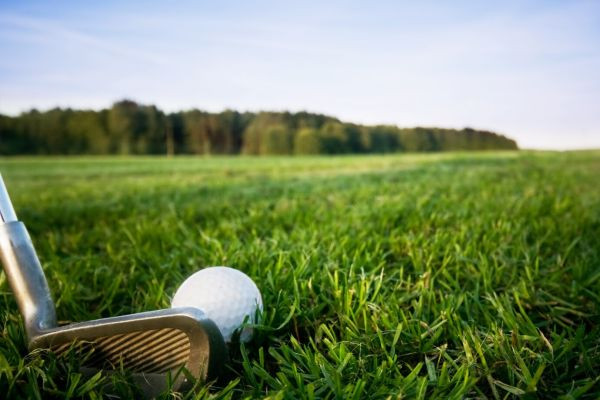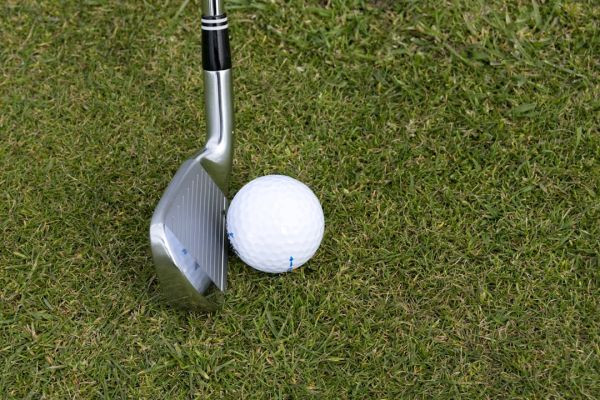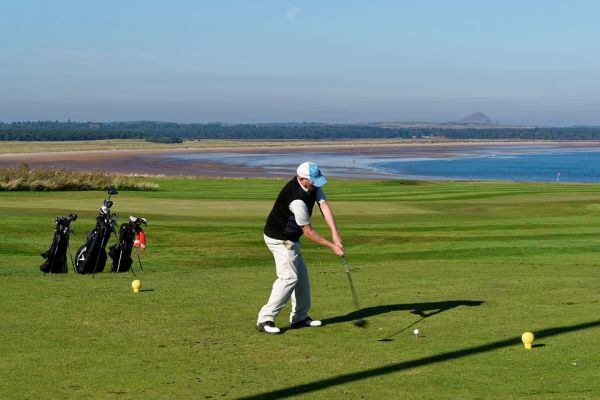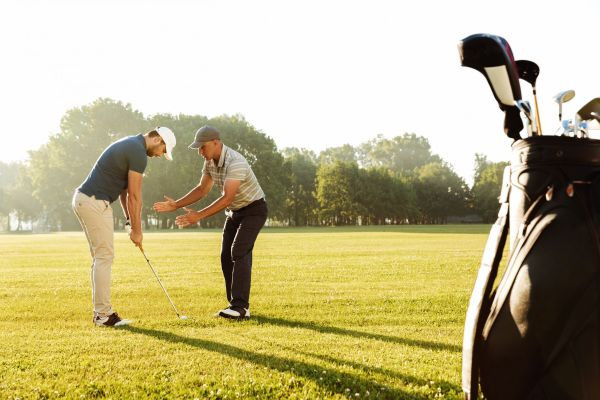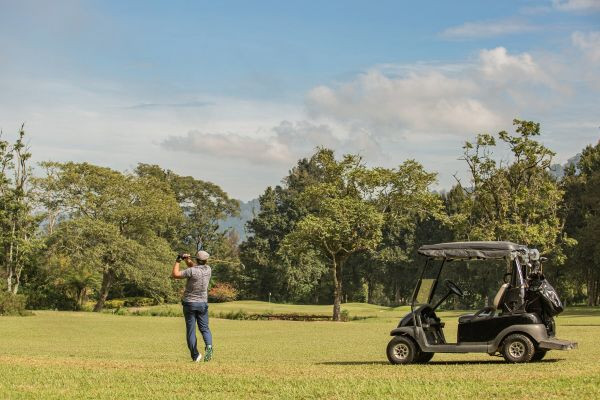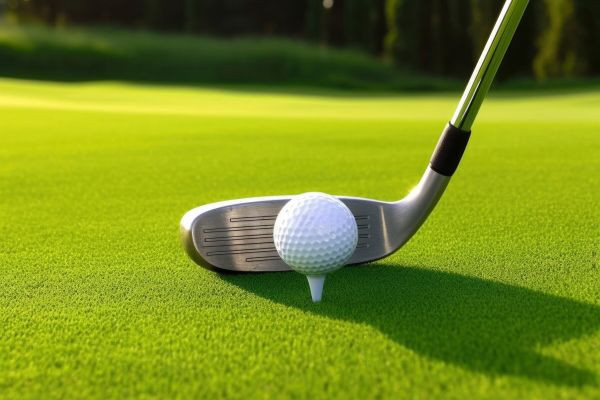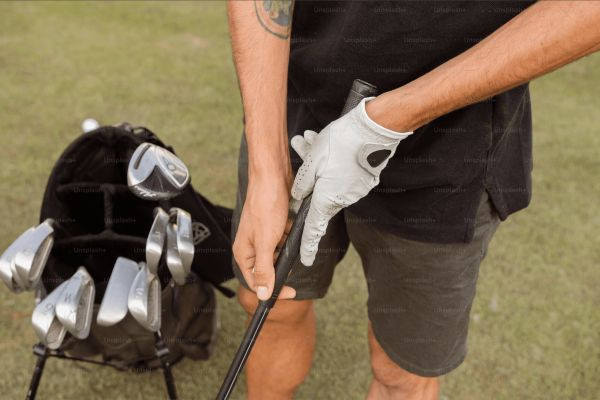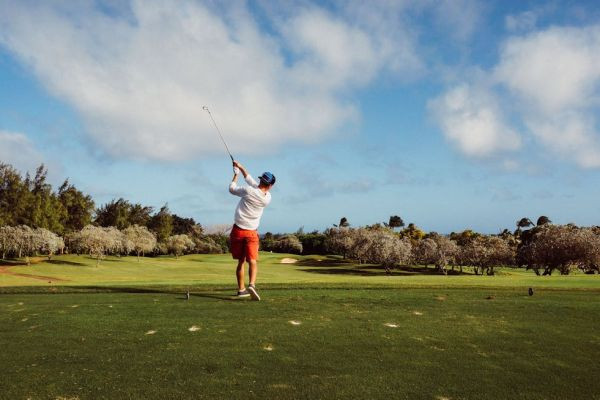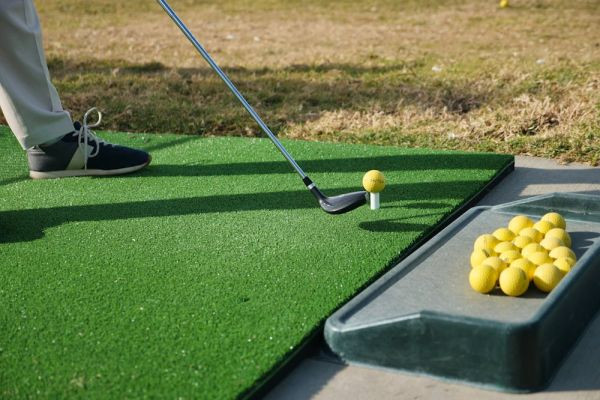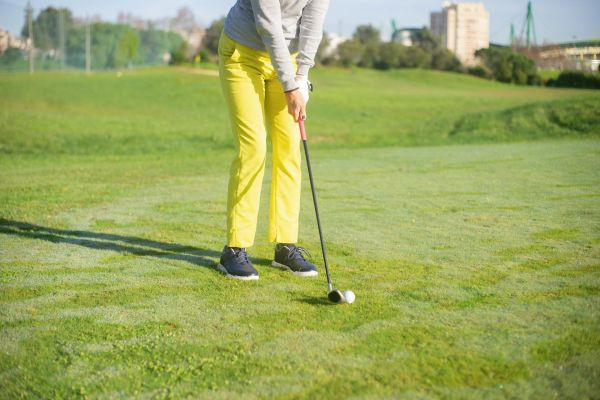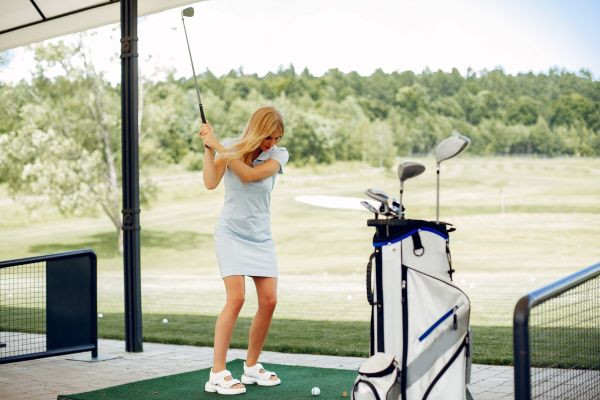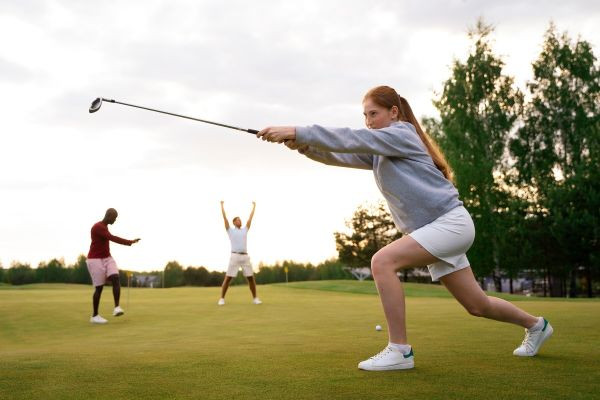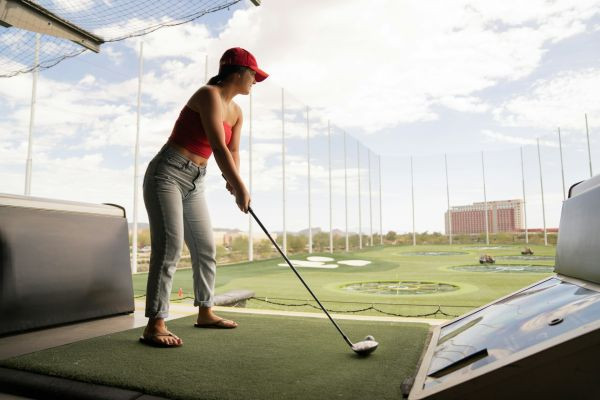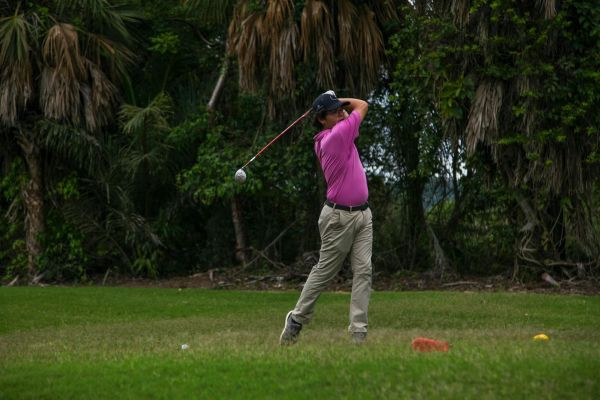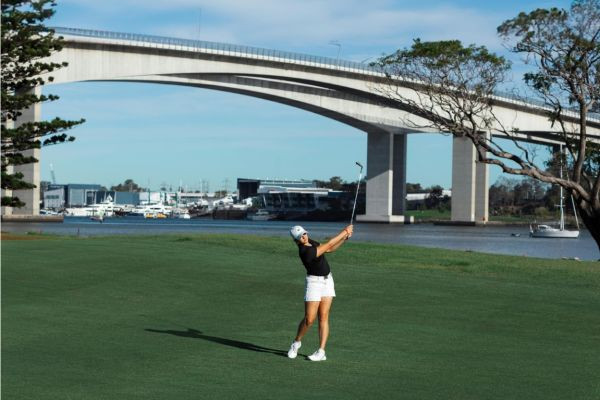How to Achieve a Perfect Elbow Motion for a Better Golf Game
Elbow motion in golf is not just a minor detail; it's a cornerstone of any successful swing. This motion is critical because it directly influences the swing path, clubface orientation at impact and t..

Elbow motion in golf is not just a minor detail; it's a cornerstone of any successful swing. This motion is critical because it directly influences the swing path, clubface orientation at impact and the overall power generated during the swing.
Proper elbow motion is the key to unlocking a swing that is both fluid and dynamic, one that can effortlessly send the ball soaring towards the target with precision and strength. When your elbows move correctly, they act as the perfect hinge, ensuring that the rest of your body follows suit in a harmonious sequence of movements. This synchronization is what every golfer strives for, as it is essential for hitting consistent and accurate shots.
Common Elbow Motion Mistakes
However achieving this ideal elbow motion is easier said than done. Many golfers regardless of their experience level find themselves struggling with the nuances of elbow positioning. This struggle often leads to common yet critical mistakes that can derail an otherwise solid swing.
Over-Rotation of the Elbow: Over-rotating the elbow, especially the lead elbow for a right-handed golfer can cause the club to move inside the intended swing plane too early. This movement can lead to hooks or push shots as the clubface closes too quickly or fails to square up at impact. Over-rotation compromises the swing's structural integrity making it difficult to maintain consistency shot after shot.
Under-Rotation of the Elbow: On the flip side under-rotating the elbow can be just as detrimental. When the elbow doesn't rotate enough the golfer risks leaving the clubface open at the point of impact resulting in slice shots or the ball flying off to the right of the target (for right-handed golfers). Under-rotation prevents the golfer from fully engaging their body in the swing leading to a loss of power and accuracy.
The Dreaded "Flying Elbow" Syndrome: Perhaps the most notorious elbow motion mistake is the "flying elbow." This error occurs when the back elbow (right elbow for right-handed golfers) flies outwards during the backswing creating a wide separation from the body. The flying elbow disrupts the swing's natural arc making it challenging to bring the club back down on the correct path. Golfers with a flying elbow often find themselves fighting to control their shots with outcomes ranging from severe slices to erratic hooks.
The Fundamentals of a Good Golf Swing
Mastering the golf swing is an art that requires attention to detail especially when it comes to the role of your elbows throughout the swing. Let's break down each phase of the swing to understand the critical contribution of elbow positioning and movement.
Elbows at Address
Your golf swing begins long before the club moves; it starts the moment you position yourself at address. The placement of your elbows at this initial stage is foundational. Keeping your elbows relaxed and in a natural position not only promotes comfort but also sets you up for a swing that is both fluid and powerful. Imagine your arms forming a gentle arc with your body neither too rigid nor too lax creating the perfect blend of stability and flexibility needed for an effective swing.
Elbows in the Backswing
As you initiate the backswing your right elbow (for right-handed golfers) becomes a pivotal player. It's responsible for keeping the club on the correct swing plane ensuring that the clubhead travels back in a controlled, efficient path. A well-positioned right elbow bending at just the right angle prevents the club from veering too far inside or outside the line, setting the stage for a powerful and accurate downswing.
Concurrently the left elbow works in harmony with the right guiding the club so that it remains parallel to the ground as long as possible. This coordination prevents unnecessary wrist rotation which can lead to inconsistencies in where the clubface points at impact. The left elbow acts as a guide ensuring a smooth transition from backswing to downswing.
Elbows at the Top of the Swing
When you reach the peak of your swing pay attention to the position of your elbow as it plays a role in shaping the rest of your swing. Keeping your elbow angled downwards can help you maintain control and balance setting you up for a strong and controlled downswing. By positioning your arms and club towards the ball you increase the chances of making accurate contact.
Elbows in the Downswing
As you transition into the downswing phase focus on keeping your elbow close to your body to build up speed and power for impact with the ball. This technique prevents any movements that could result in slices or mishits. By ensuring that your right elbow stays tucked in you create a path towards the ball, for consistent shots
Elbow at Contact
When it comes to impact during a golf swing the alignment of your elbow is crucial. Pointing it towards your target helps square the clubface at impact, setting the stage for forceful shots. Maintaining alignment of your elbow when making contact is crucial, for the accuracy and distance of your shots showcasing the precision needed for excellent performance in golf.
Elbows in the Follow Through
The swing doesn't stop at impact; it continues into the follow through, where your elbows play a role. The position of your elbows during the follow through with the left elbow pointing back directly helps achieve a complete and balanced finish. This does not only look visually appealing but also ensures that the energy from the swing is effectively transmitted to the ball optimizing both distance and precision.
Step-by-Step Guide to Improving Your Elbow Motion
Exercises for Elbow Flexibility and Strength
1. Stretching Exercises
Having flexible and strong elbows is essential for a well-rounded swing. Adding impactful stretching exercises to your regimen can make a difference.
Elbow Extension Stretch: Extend one arm in front of you with your palm facing downward. Gently apply pressure on your fingers with your hand until you sense a stretch in your forearm and elbow. Hold this position for 15-30 seconds before repeating on the arm.
Wrist Flexor Stretch: Extend your arm with the palm facing up pull your fingers towards your body using your other hand. This stretch focuses on the muscles and tendons, along the forearm. Elbow to improve flexibility.
2. Strengthening Exercises
Strengthening the muscles around your elbows and forearms can increase both the power of your swing and your ability to control the club during each swing.
Forearm Wrist Curls: Sit with your forearm placed on a table allowing your hand to hang off the edge with the palm facing up. Using a dumbbell or a golf club slowly lifts your wrist upward. Then lower it back down. This exercise targets the wrist flexors for maintaining a grip and proper elbow positioning.
Reverse Wrist Curls: to wrist curls but with palms facing down. This exercise works on strengthening the wrist extensors, helping balance forearm strength and supporting elbow movements while you swing.
Drills for Perfecting Elbow Position
Drill 1: The Towel Drill
The Towel Drill is a method for ensuring that your elbows stay close to your body, which is crucial for a controlled and powerful golf swing.
How to Perform: To get started, Place a small towel under each armpit and try to keep it secure as you swing. This exercise helps you maintain an elbow position reducing the chances of your elbow flying out and ensuring smoother coordination between your arms and body.
Drill 2: The Alignment Stick Drill
This drill emphasizes the importance of getting your elbows in the positions during both the backswing and downswing to achieve a consistent and accurate golf swing.
How to Perform: Hold an alignment stick in your hand (for right handed golfers) while holding the golf club making sure it extends past your body. As you swing back let the stick lightly touch your side signaling that your elbow is properly placed. During the downswing keep the stick close to encourage keeping your elbow near your body for a path toward hitting the ball.
How to Avoid Common Pitfalls
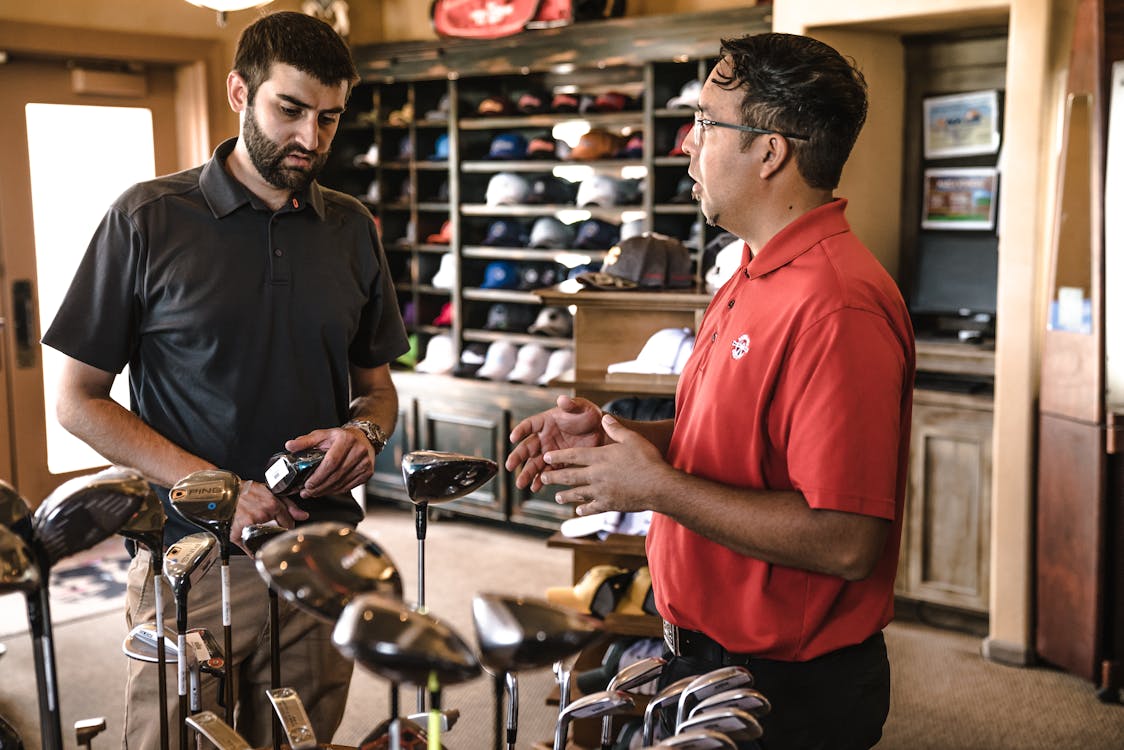
Source:https://www.pexels.com/photo/man-standing-beside-man-holding-gray-club-1325735/
Over-rotation of the Elbow
Turning your elbow during your golf swing can cause the clubface to open or close excessively at impact. This mistake often leads to shots like hooks or slices that can have a significant impact on how well you play. To avoid rotation it's important to focus on keeping your elbow in a stable position during your swing. You can practice drills that emphasize keeping your elbows to your body to encourage a more balanced swing.
Under-rotation of the Elbow
When the elbow doesn't rotate enough it can cause problems. This lack of rotation can disrupt the flow of your swing resulting in less accurate shots. It often leads to drives and difficulty controlling the ball's direction.
To fix this issue golfers should work on exercises that improve the flexibility and movement of their elbows and shoulders. This will allow for a range of motion and a fluid swing.
The Flying Elbow
A common problem known as the "flying elbow" occurs when the back elbow (left elbow for right-handed golfers) rises too high during the backswing, moving away from the body. This error creates a swing path making it hard to bring the club down smoothly for a powerful impact.
It's important to focus on controlling the flying elbow to improve your golf swing and maximize power and accuracy. One way to address this is, by using the Towel Drill, where golfers are encouraged to keep their elbows near their body for a more coordinated swing.
The Impact of Perfect Elbow Motion on Your Golf Game
Improved Accuracy
Get your elbow positioned the right way and you’ll notice a significant improvement in shot accuracy. Proper elbow alignment will help ensure the clubface squares up to your target at impact, which will greatly decrease the odds of producing errant shots. With more precise aim, you’ll have better control over where the ball lands on the course, enabling you to strategically navigate your way to lower scores.
Increased Distance
Have you ever watched people on the golf course and wondered how they could become so good? Proper elbow motion is contributing to their good aim but many are unsure of what proper motion even is. Proper elbow motion doesn't contribute to the accuracy of the golfer's shot. The proper motion of the elbow gives the golfer the maximum distance for their shot by transferring the body's energy back into the ball. If you want to know how this works you have to understand the basis of the golf swing.
Enhanced Consistency
One of the best benefits of mastering your elbow motion is the improved consistency that it brings to your golf game. With a more consistent and repeatable swing, your good shots become more predictable and are less dependent on luck. This consistency will allow you to better plan and strategize when playing a round of golf. You will have more confidence in the shots you are trying to execute. Over time this consistency can lead to significant improvements in your game to where you can play well on a variety of courses and conditions. This will make your experience playing golf more enjoyable and rewarding.
Conclusion
Perfect elbow motion is a crucial element in improving your golf game. It is the key to unparalleled accuracy, more distance, improved consistency and an overall better golfer. To reach this goal, players must analyze a swing’s mechanics, implement specific and recurring drills and exercises and analyze the technique of professional golfers. The pursuit of a perfect swing is a lifelong learning process and as you progress, you will continue to find new ways to enhance your swing.
Frequently Asked Questions (FAQs)
What is the most common mistake with elbow motion in golf?
One of the most common mistakes occurs when the elbow separates excessively from the body during the backswing, this is called the flying elbow. This will impair the ability to control the golf club during the swing. This will also cause a loss of power and a lack of swing quality
Can elbow position really affect my game that much?
Yes, The elbows play a pretty big part in the golf swing. They control the clubface throughout the golf swing, so now you can get a huge insight on why so many of my lessons are dedicated to the proper motion of the elbows throughout the swing.
Is it possible to correct a flying elbow?
Yes, you can easily correct it with practice and exercises designed to maintain a closer elbow position to your body. In order to do this, lots of different drills will help you keep that left elbow closer to the body (right elbow if you are left handed), as well as developing so much more control and power in your golf swing.
